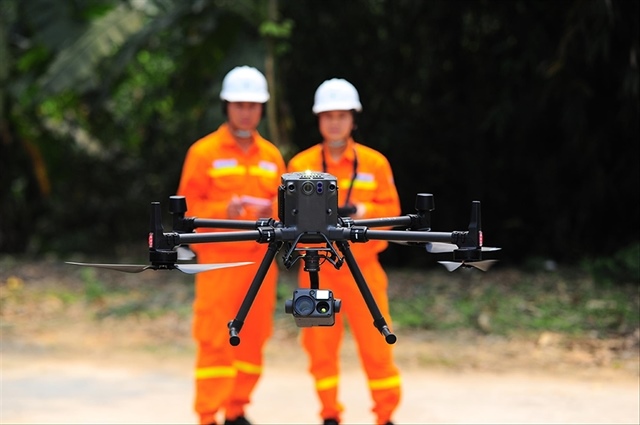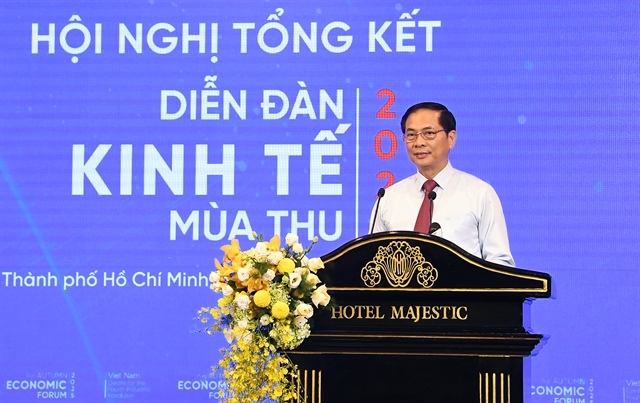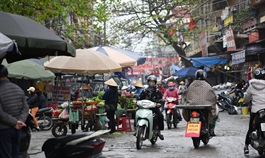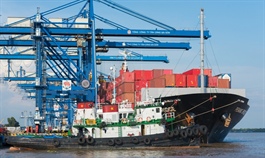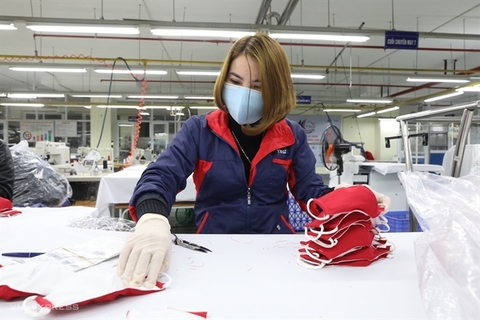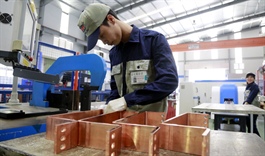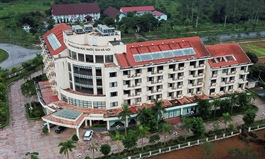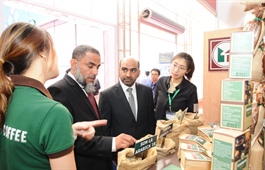HCMC launches new socioeconomic development plans
HCMC launches new socioeconomic development plans
Ho Chi Minh City (HCMC) has launched a five-year socioeconomic plan that includes development of e-commerce, logistics, exports and urban restructuring in tandem with efforts to boost recovery from the ravages of the Covid-19 pandemic.
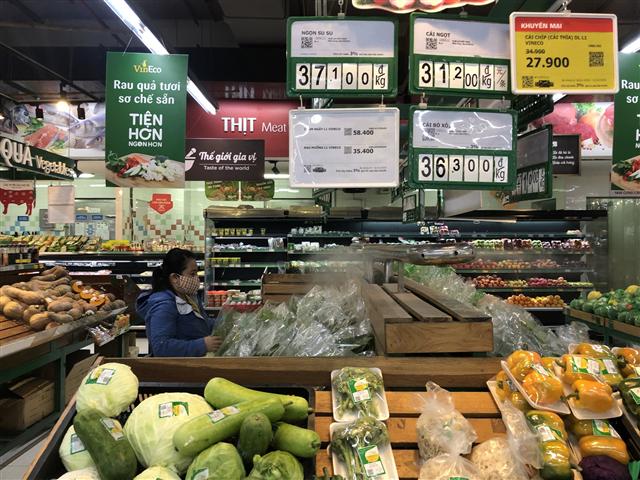
The industry and trade sector helps Ho Chi Minh City maintain its leading position and role in economic development
|
Maintaining steady growth
The first year got off to a bang, with the January index of industrial production (IIP) rising 34.5 percent compared to the same period last year as businesses focused on promoting production and business for the Lunar New Year (Tet) holiday in mid-February.
However, the city’s February IIP decreased 24.6 percent compared to January, with mining, processing and manufacturing, electricity production and distribution, and water supply and waste treatment sectors falling 3.9, 25, 18.4 and 10.4 percent, respectively.
In general, the industrial production sector is still facing numerous difficulties, as Vietnam and its foreign trade partners confront the third wave of the pandemic. Domestic sales of goods also declined due to the third wave that appeared in late January.
The city will soon realize its second bailout package for enterprises, said Pham Ngoc Hung, Vice Chairman of the Ho Chi Minh City Business Association.
New goals
Reporting on the planned 2021 targets of the Ho Chi Minh City Department of Industry and Trade, the department’s director Bui Ta Hoang Vu said the city’s industry and trade sector would strive to reach a five-percent growth in the index of industrial production. That would include retail sales and services revenues of more than VND835.685 trillion (10 percent higher than 2020), export revenue of US$48.19 billion (10 percent higher than 2020), and import value of US$56.47 billion (11 percent higher than 2020). Plans also call for upgrading all administrative procedures to level 4, and helping residents and enterprises implement administrative procedures, especially those related to the restructuring of district and commune-level administrative units and establishment of Thu Duc City as part of HCMC.
To achieve the above targets, the department will devise solutions for the recovery of economic growth in the city, with the service sector’s proportion in the gross regional domestic product (GRDP) maintained at above 60 percent.
As for administrative reform, the department will focus on the satisfaction of businesses and residents as a measure of its effectiveness; promote the application of information technology in management and administration of the department this year, including digitization and paperless meetings.
The city is expected to provide interest free credit for businesses facing difficulties in such sectors as accommodations, catering, tourism, transportation, textile-garment, leather and footwear, wood refining, and food processing, with an estimated budget of more than VND4 trillion.
Vice Chairwoman of Ho Chi Minh City People’s Committee Phan Thi Thang praised the position and role of the city’s industry and trade sector in deploying and implementing key programs, making an important contribution to the “dual goals” of curbing the Covid-19 pandemic and realizing the city’s socioeconomic development goals.


